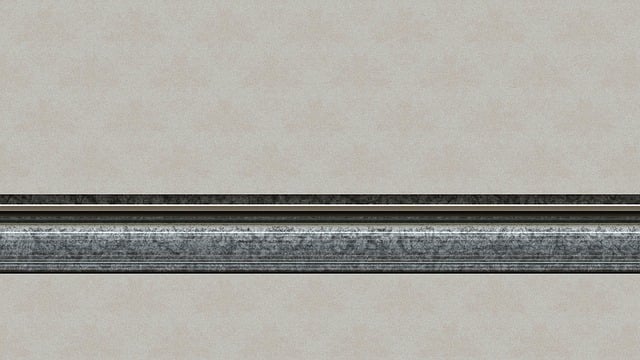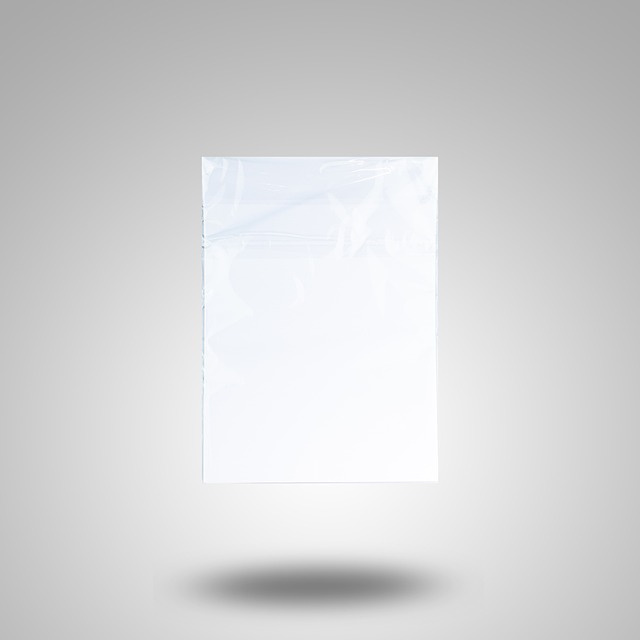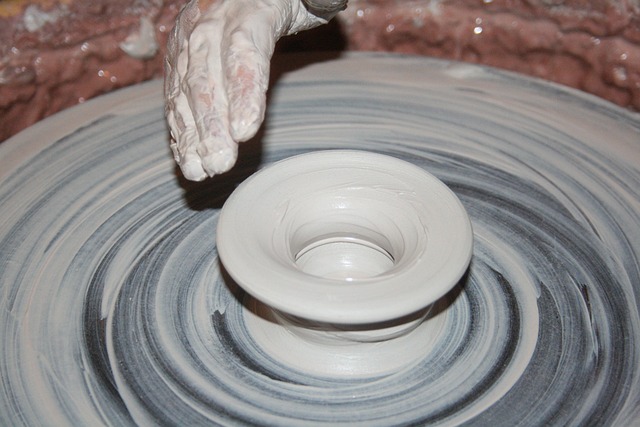The discussed text emphasizes strategic cost reduction through optimization in the injection molding process within large-scale manufacturing. Key recommendations include leveraging CAD software for mold design to minimize material use and cycle time without compromising part quality. Investing in high-quality mold materials can reduce frequent replacement costs due to wear and tear. The text also stresses the importance of energy efficiency, suggesting advanced machine controls, efficient heating/cooling systems, and predictive maintenance to cut operational expenses and contribute to sustainability. Data analytics play a crucial role in predictive maintenance, allowing for timely, non-disruptive machine servicing and enhancing overall production efficiency and product consistency. The adoption of automation, robotics, and Industry 4.0 technologies has transformed injection molding, leading to increased efficiency, reduced costs, and uniform part quality. These advancements enable manufacturers to meet large-scale demands while maintaining high-quality standards, ensuring a competitive edge in the market through cost-effective, sustainable production practices. The integration of smart sensors, AI-driven predictive maintenance, and machine learning algorithms not only streamlines operations but also positions injection molding as an integral part of modern manufacturing innovation. In summary, the text outlines a comprehensive approach to optimizing injection molding processes, focusing on cost savings, energy efficiency, material selection, and data analytics to drive large-scale manufacturing towards greater efficiency and sustainability.
manufacturers worldwide are continually seeking innovative methods to enhance efficiency and reduce costs within their large-scale injection molding operations. This article delves into strategic approaches for achieving cost optimization, spotlighting the integration of automation and robotics, material selection, energy efficiency, and predictive maintenance through data analytics. By exploring these areas, we uncover actionable insights that can significantly lower production expenses without compromising on quality or output. These techniques are not just theoretical; they are practical solutions designed for injection molding facilities aiming to stay competitive in the ever-evolving manufacturing landscape.
- Unlocking Efficiency in Large-Scale Injection Molding: Strategies for Cost Optimization
- Scaling Up: The Role of Automation and Robotics in Injection Molding Facilities
- Material Selection Matters: Reducing Costs through Smart Plastic Choices in Injection Molding
- Energy Efficiency in Injection Molding Operations: A Path to Lower Production Costs
- Leveraging Data Analytics for Predictive Maintenance and Downtime Minimization in Injection Molding Processes
Unlocking Efficiency in Large-Scale Injection Molding: Strategies for Cost Optimization

Injection molding is a critical process in large-scale manufacturing, with the potential to yield high volumes of precise and consistent parts across various industries. To unlock efficiency in this process, manufacturers must implement strategic cost optimization measures. One such strategy involves optimizing the mold design to reduce material usage and cycle time without compromising part quality. This can be achieved by utilizing computer-aided design (CAD) software to create molds with fewer, more strategically placed gates and vents, which streamlines the injection molding process and reduces scrap rates. Additionally, investing in high-quality mold materials that withstand numerous cycles can mitigate the frequent replacement costs associated with wear and tear.
Another key aspect for cost optimization in large-scale injection molding is to focus on energy consumption and waste management. By adopting energy-efficient machinery and implementing recycling programs, manufacturers can significantly cut operational costs. Further cost savings can be realized through predictive maintenance, which minimizes unexpected downtime by proactively addressing potential equipment failures. Embracing Industry 4.0 technologies, such as smart sensors and IoT devices, enables real-time monitoring of the molding process, allowing for adjustments that prevent material waste and improve part yield. These strategies collectively contribute to a more streamlined, cost-effective, and sustainable injection molding operation, ensuring manufacturers can meet the demands of large-scale production while keeping costs under control.
Scaling Up: The Role of Automation and Robotics in Injection Molding Facilities

Injection molding facilities are undergoing a transformative shift with the integration of automation and robotics, which play pivotal roles in enhancing production efficiency and reducing costs. These technologies have revolutionized the manufacturing process by enabling high-speed cycling, precise control over the cooling and solidification phases, and consistent part quality. The deployment of advanced robotic systems not only mitigates the physical demands on human operators but also ensures a steadier hand in critical stages of the molding process, such as the removal of parts from molds, which can be both delicate and time-sensitive. Furthermore, the implementation of Industry 4.0 principles, including smart sensors and machine learning algorithms, allows for real-time monitoring and predictive maintenance, further driving down operational costs and optimizing production schedules. This scalability and adaptability make injection molding a cornerstone of modern manufacturing, capable of meeting the demands of large-scale production while maintaining high standards of quality and efficiency. Incorporating automation and robotics into injection molding facilities is not just about keeping pace with technological advancements; it’s about redefining the boundaries of what’s possible in large-scale manufacturing, paving the way for sustainable growth and innovation within the industry.
Material Selection Matters: Reducing Costs through Smart Plastic Choices in Injection Molding

In the realm of large-scale manufacturing, particularly in injection molding processes, material selection plays a pivotal role in optimizing costs and enhancing efficiency. Smart plastic choices can significantly impact the overall production costs, with implications that ripple across design, material processing, and end-use application. For instance, selecting a resin with optimal properties tailored to the part’s function can reduce the need for secondary operations such as coating or additional finishing. Moreover, the choice of a suitable plastic not only influences the longevity and performance of the final product but also determines the mold design complexity. Engaging in material selection early in the design process allows manufacturers to leverage the inherent properties of different plastics to their advantage, ensuring that the chosen material can withstand the intended environmental conditions without compromising on quality or durability. This proactive approach to material selection minimizes material waste and reduces the likelihood of costly redesigns down the line, making it a cornerstone in achieving cost-effective solutions in injection molding for large-scale production. By considering factors such as the required tolerance levels, part complexity, and long-term performance needs, manufacturers can select materials that not only align with their budgetary constraints but also meet the necessary quality standards. This strategic selection of materials can lead to a more streamlined manufacturing process, ultimately contributing to a more competitive product in the market.
Energy Efficiency in Injection Molding Operations: A Path to Lower Production Costs

Injection molding, a process pivotal in the production of plastic parts and products across various industries, presents significant opportunities for energy efficiency improvements that can lead to substantial cost savings on a large scale. By optimizing energy consumption within injection molding operations, manufacturers can not only reduce their environmental footprint but also experience a tangible reduction in operational costs. Strategies such as implementing advanced machine controls, utilizing energy-efficient heating and cooling systems, and adopting predictive maintenance practices help to minimize waste and maximize the efficiency of each molding cycle. Additionally, investing in high-quality, energy-efficient molds can enhance production rates while decreasing the energy required for each shot. These measures collectively contribute to a more sustainable operation, translating into lower production costs for businesses engaged in injection molding. The integration of smart manufacturing technologies further enables real-time monitoring and adjustment of energy usage, allowing for precise control that aligns with the demands of the production process, thereby optimizing overall energy efficiency in injection molding operations.
Leveraging Data Analytics for Predictive Maintenance and Downtime Minimization in Injection Molding Processes

In the realm of large-scale manufacturing, injection molding stands out as a critical process that demands precision, efficiency, and reliability. To maintain the high standards required for this process, harnessing data analytics is pivotal. By collecting and analyzing data from sensors embedded within the injection molding machines, manufacturers can predict potential equipment failures before they occur. This proactive approach to maintenance not only extends the lifespan of the machinery but also minimizes unplanned downtime, which can be costly and disrupt production schedules. Predictive analytics enables a deeper understanding of the machine’s performance patterns, allowing for scheduled maintenance at optimal times with minimal impact on productivity. The insights gained from this data-driven strategy are invaluable, as they lead to more informed decision-making regarding when and what kind of maintenance is needed, thus ensuring the injection molding process runs smoothly and continuously.
Furthermore, by integrating advanced analytics into the injection molding operation, manufacturers can optimize their predictive maintenance routines. They can identify subtle changes in machine behavior that precede failures, enabling them to address issues swiftly. This level of precision in forecasting equipment performance not only prevents unexpected breakdowns but also contributes to a more streamlined and cost-effective manufacturing process. By leveraging machine learning algorithms and historical data, manufacturers can predict maintenance needs with remarkable accuracy, leading to improved throughput and product quality. The benefits of implementing such systems extend beyond the immediate operational improvements, as they pave the way for smarter, more efficient production lines capable of adapting to evolving demands in the manufacturing industry.
Injection molding stands at the forefront of large-scale manufacturing innovation, where strategic implementation of automation, intelligent material selection, energy efficiency measures, and data analytics converge to drive down production costs. By embracing these advancements, manufacturers can achieve not only cost optimization but also enhance the overall efficiency and sustainability of their operations. The insights presented in this article underscore the transformative potential of these integrated solutions for those operating within the injection molding sector, offering a clear path toward maintaining competitiveness and profitability in today’s dynamic market.
